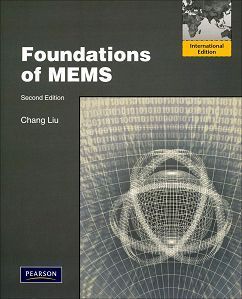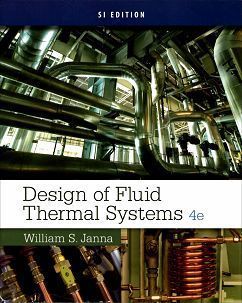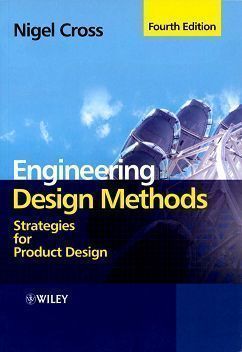書籍分類

Juvinall's Fundamentals of Machine Component Design 6/e (SI Version)
作者:Robert C. Juvinall, Kurt M. Marshek
原價:NT$ 1,700
ISBN:9781119382904
版次:6
年份:2018
出版商:John Wiley
頁數/規格:789頁/平裝單色
版次:6
年份:2018
出版商:John Wiley
頁數/規格:789頁/平裝單色
內容介紹 本書特色 目錄
- Description
Valued as a standard in the course, Juvinall’s Fundamentals of Machine Component Design continues to focus on the fundamentals of component design - free body diagrams, force flow concepts, failure theories, and fatigue design, with applications to fasteners, springs, bearings, gears, clutches, and brakes. Problem-solving skills are developed by the implementation of a proven methodology which provides a structure for accurately formulating problems and clearly presenting solutions. This edition includes additional coverage of composites, the material selection process, and wear/wear theory, along with new and updated examples and homework problems.







